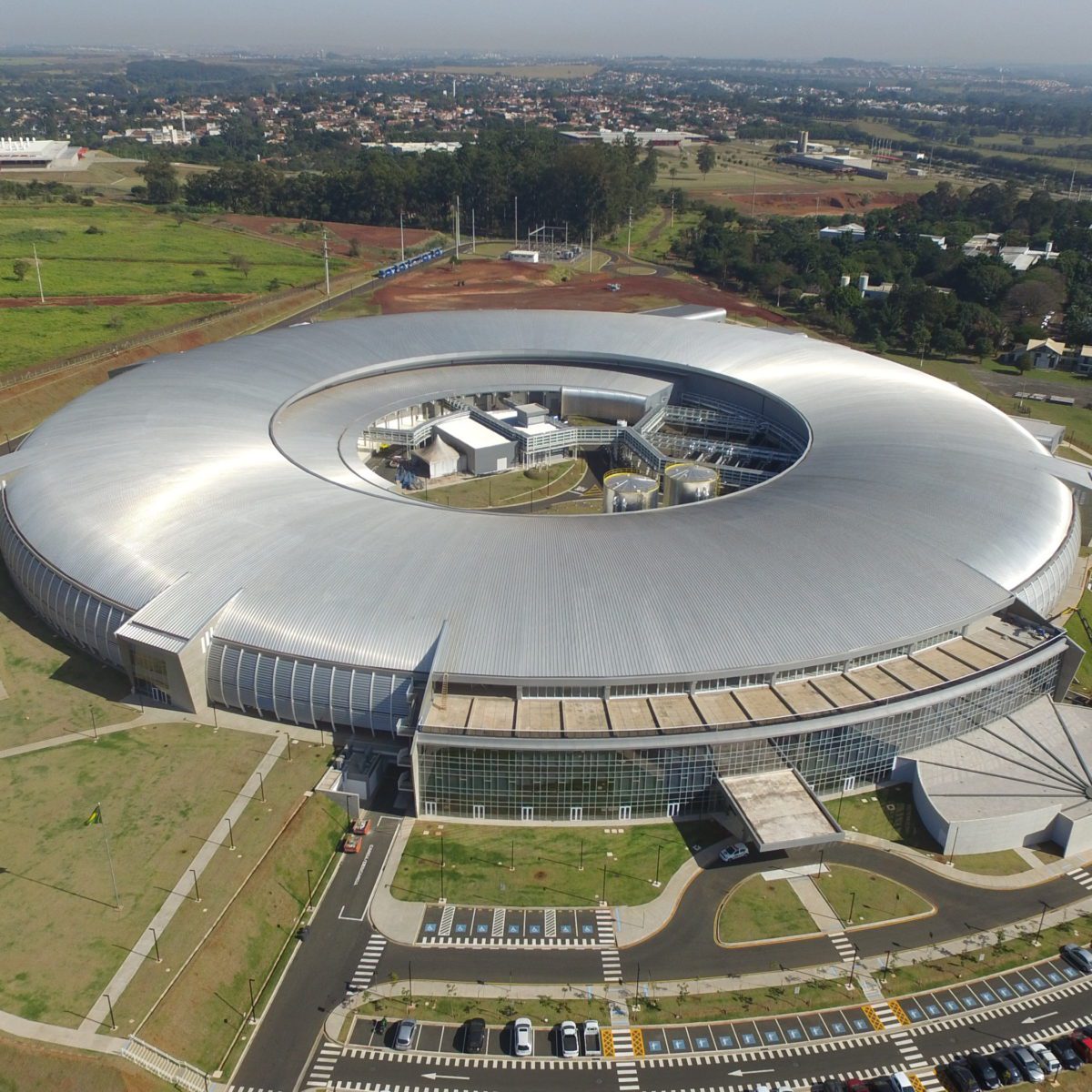
The new Brazilian fourth generation synchrotron light source will be open for researchers next year
On October 16th, another important stage was achieved in the installation of the largest and most complex project in Brazilian science. Electrons in Sirius’ booster reached the extraction energy of 3 GeV (Giga-electronvolts). Upon reaching this energy in the Booster, electrons are transferred to the main accelerator, called the storage ring. This accelerator is currently assembled, and the next challenge is to get electrons to make a complete loop around it.
In the main accelerator, the electrons emit synchrotron light. This special light can reveal details of a wide range of organic and inorganic materials, such as proteins, viruses, rocks, plants, soil, alloys, among many others. Experiments with synchrotron light are conducted in experimental stations called beamlines. The structure for the first beamlines is also being finalized.
The new light source is being installed at the Brazilian Center for Research in Energy and Materials (CNPEM), in Campinas, SP. About 85% of the resources committed to the project by the Ministry of Science Technology Innovations and Communications (MCTIC) were invested in Brazil, in partnership with national companies. In addition to the construction works, contracts were signed with more than 300 small, medium and large companies, among which over 40 develop technological solutions especially for Sirius, alongside CNPEM researchers and engineers.
Registrations for the 29th Annual Users' Meeting (RAU) and the 6 satellite events are now open from July 15th to September 30th
The first CARNAÚBA Workshop ‘’Sirius Workshop on X-ray Nanospectroscopy, Nanodiffraction and Nanoimaging’’ will be held on October 8th and 9th, 2019